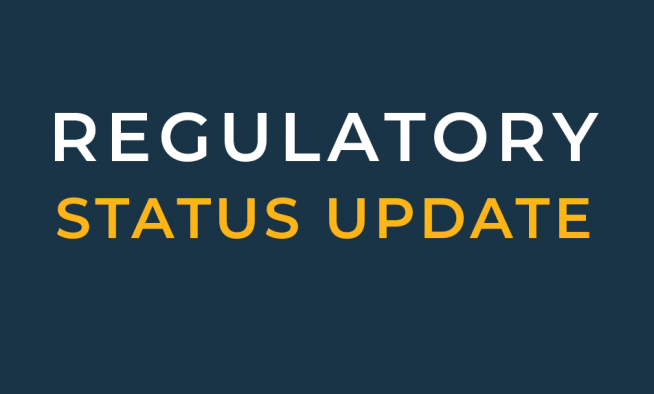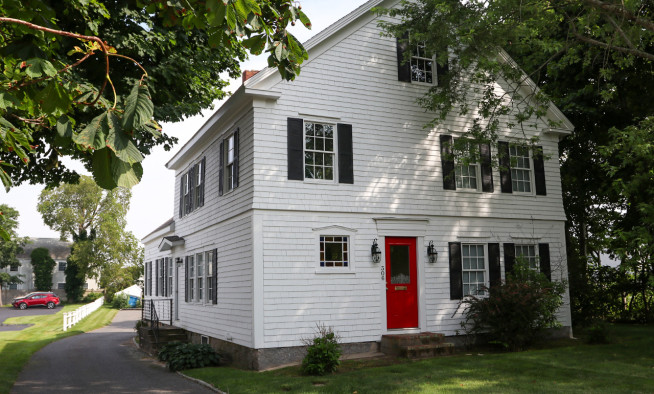The Freshwater Initiative: Enhanced data collection proving successful
The first year of the new Cape Cod Regional Pond Monitoring Program concludes this month. The Cape Cod Commission and the Association to Preserve Cape Cod launched the program in April 2023.
The program is designed to complement existing monitoring efforts and provide baseline data regarding how different types of ponds on Cape Cod respond to changing regional environmental conditions throughout the summer and from year to year.
Fifty ponds across Cape Cod were carefully selected to capture the range and distribution of pond characteristics, including pond depth and size, development within the watershed, existing monitoring and water quality status, past and present public use, and spatial coverage across all 15 towns and six aquifer lenses.
At the deepest part of each pond, monitors measure dissolved oxygen, temperature, pH, specific conductivity, and water clarity and collect samples that will be analyzed in the lab for nitrogen, phosphorous, chlorophyll A, and alkalinity.
To date, monitors have collected over three hundred water quality samples. Data from April, May, and June measurements has been received and entered into the regional water quality database. Final data collection for 2023 will conclude in October. Monitoring will resume in April 2024.
The existing dataset for pond water quality in the region is incomplete. Manual data collection is labor- and time-intensive, and multiple entities and jurisdictions collect data. Remote sensing can fill in some of the gaps in data by providing continuous data collection across the region, timely and cost-effective estimates for decision-making, and retrospective analysis, all to give a more complete picture of water quality in the region.
Commission staff are working with the National Oceanographic and Atmospheric Administration (NOAA) and APCC to use satellite imagery to predict clarity by analyzing its relationship with field-measured Secchi disk depth (SDD) data, assess long-term changes in SDD as an indicator of changing water clarity over time and define a framework to identify ponds with year-over-year change in water clarity for targeted management efforts.
To calibrate satellite imagery, Secchi disk depth data and maximum depth data are needed from ponds at least 2.5 acres in size. Currently, Secchi disk depth measurement estimates are available for about 217 ponds on Cape Cod, collected intermittently from 2001 to 2022. Maximum pond depth data is available for 201 ponds. About 195 of those ponds are well-suited for use with satellite imagery.
Initial findings indicate that satellites are well-equipped to provide multiple estimates per year of Secchi disk depth across Cape Cod’s ponds with maximum depth data. Satellite imagery can identify ponds with significant year-over-year decreases or changes in SDD to prioritize management efforts.
With the success of these findings, the Commission is now pursuing funding to develop automated remote sensing methods for water quality mapping from 2017 to 2026 to better understand changing conditions in Cape Cod lakes and ponds.




